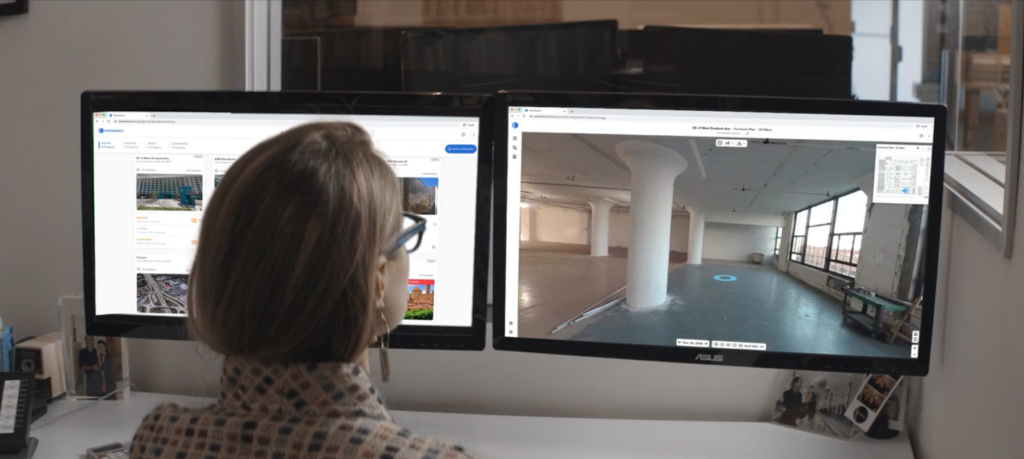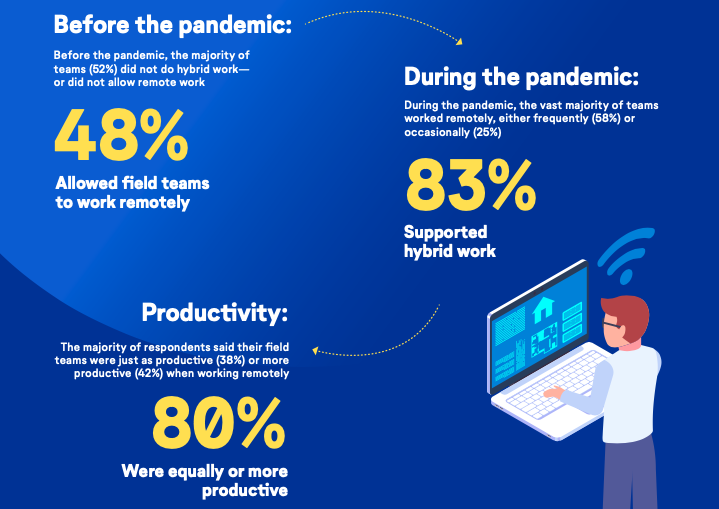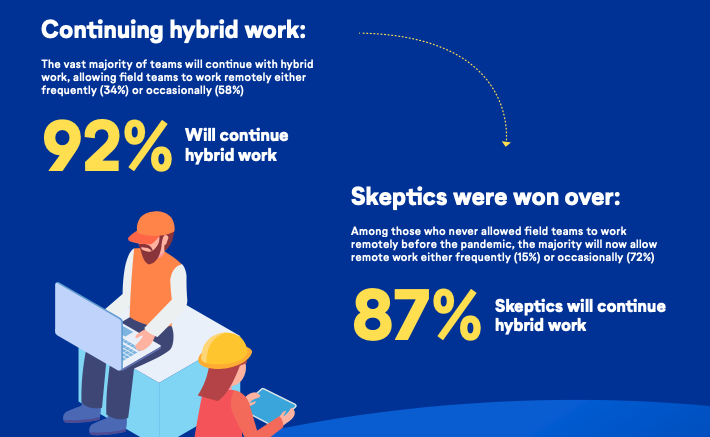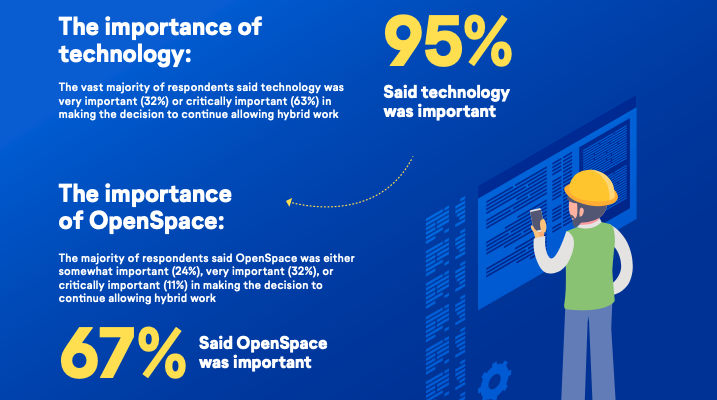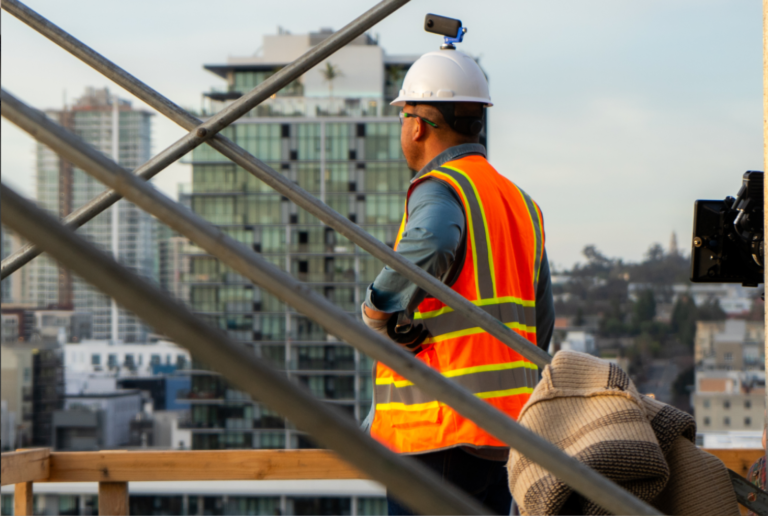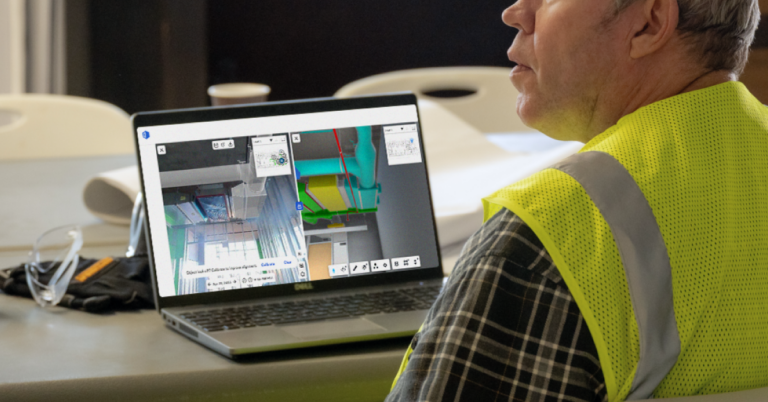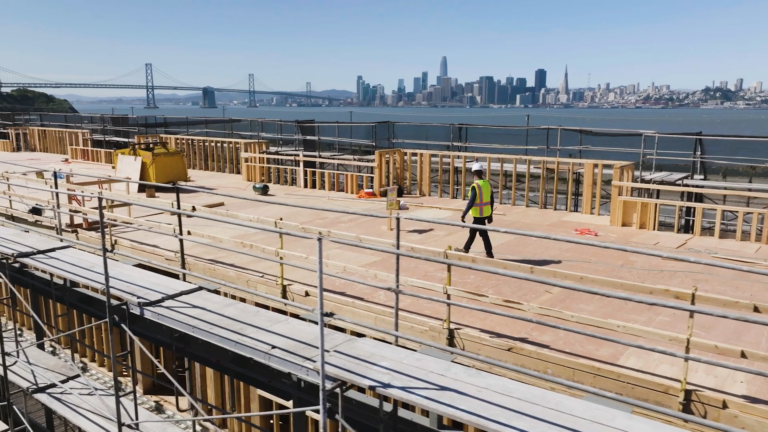Last year, the COVID-19 pandemic prompted the transition to remote work practically overnight for many office workers. Today, many continue to work from home at least part-time, although most authorities have given the green light to reopen office doors. Both employers and employees are recognizing how remote arrangements, whether fully remote or hybrid models, can transform their workplaces for the better.
Recent data points make it clear there’s no going back. According to a McKinsey survey, 9 out of 10 executives expect to adopt a hybrid model in the future, in which employees alternate between in-person and remote working. Similarly, a report from Upwork suggested that Americans would see an 87% increase in remote work by 2025, compared to pre-pandemic levels.
What has not been understood until now is the degree to which this transition is happening in more traditional fields that require a physical presence, such as construction.
The Rise of Hybrid Construction
To some, construction may seem like an industry that requires all personnel to be on-site regularly, but the past year has shown us that it’s possible to keep progress moving forward without having to be in person all the time.
To find out more about the future of remote work in construction, we surveyed our customers about their plans. Respondents included everyone from Project Managers to executives and hailed from a wide range of firms, including general contractors, subcontractors, and developers.
What we found is that, much like in the wider professional world, hybrid work is here to stay for construction, with many companies seeing a wide range of benefits by adopting a combination of in-person and remote work for field teams. We’re calling this new approach “hybrid construction.”
The Pandemic and Hybrid Construction
Prior to the pandemic, 52% of respondents said their field teams never worked remotely, while 34% said they occasionally worked remotely, and just 14% said they did so frequently. However, during the pandemic, this shifted pretty dramatically: 58% of respondents reported frequent remote work, 25% reported doing so occasionally, and only 17% persisted in never working from home during the pandemic.
Hybrid Construction Will Continue
Construction companies didn’t just make do with the circumstances—many thrived in dispersed setups. 80% of survey respondents said that they were just as productive or more productive when working remotely, compared to only 20% who saw productivity decline.
Perhaps this is why a whopping 92% of respondents say their companies will allow for occasional or frequent remote work moving forward. Even among those who said they had never engaged in remote work before the pandemic, 87% said they would let field teams work remotely occasionally or frequently in the future.
With slim margins in terms of both time and expenses, nothing happens in construction without a good reason. To find out more about why companies are embracing hybrid construction, we asked survey respondents about all the benefits they saw from remote working.
According to our data, 72% found that remote work led to saving time and money by decreasing travel to and from sites; perhaps on a related note, 72% also cited improved work-life balance as one of the benefits of allowing remote work.
Remote arrangements also make a difference for talent: 35% of respondents said that it allowed teams access to the best candidates, and 20% said remote work enabled them to put their best people on more jobs than would otherwise be possible, likely due to reduced travel times. Only 7% felt they saw no benefit in the transition to remote work.
The Importance of Technology
Our survey showed that technology is a driving factor behind this embrace of hybrid construction, with 95% of respondents saying that technology was very or critically important in their company’s decision to continue allowing remote work in the future.
To function efficiently, though, construction teams need more than videoconferences and email. Builders need a complete view of progress on their projects, both current and historical. They need to be able to align on a single source of truth for on-site status and to easily collaborate—with visual reference points—on changes or punch list items. And beyond just capturing reality at the moment, technology solutions need to enable data-based decision-making for builders by providing automated, quantified analysis of site activity.
That’s why we believe OpenSpace saw such strong adoption among the industry this past year, with customer count increasing by more than 150% and site captures up by more than 300% during that time. Additionally, 67% of survey respondents said that OpenSpace played an important role in their company’s decision to continue allowing remote work.
While technology is playing an increasingly significant role in building and site management, elements of construction will always require an in-person presence. In fact, by improving remote collaboration capabilities, builders can focus more time on the in-person elements of the job that are really important, and less time on travel and other administrative work, such as progress tracking.
Given that hybrid construction would have seemed far-fetched only a few years ago, it’s clear that the pace of innovation is accelerating in our industry. Technology is continually pushing past preconceived notions of what’s possible, and we at OpenSpace are excited to keep bringing the latest tools to builders to empower them to embrace innovation and improve efficiency, quality, and their bottom lines.
Enter your information to see the full survey results:
